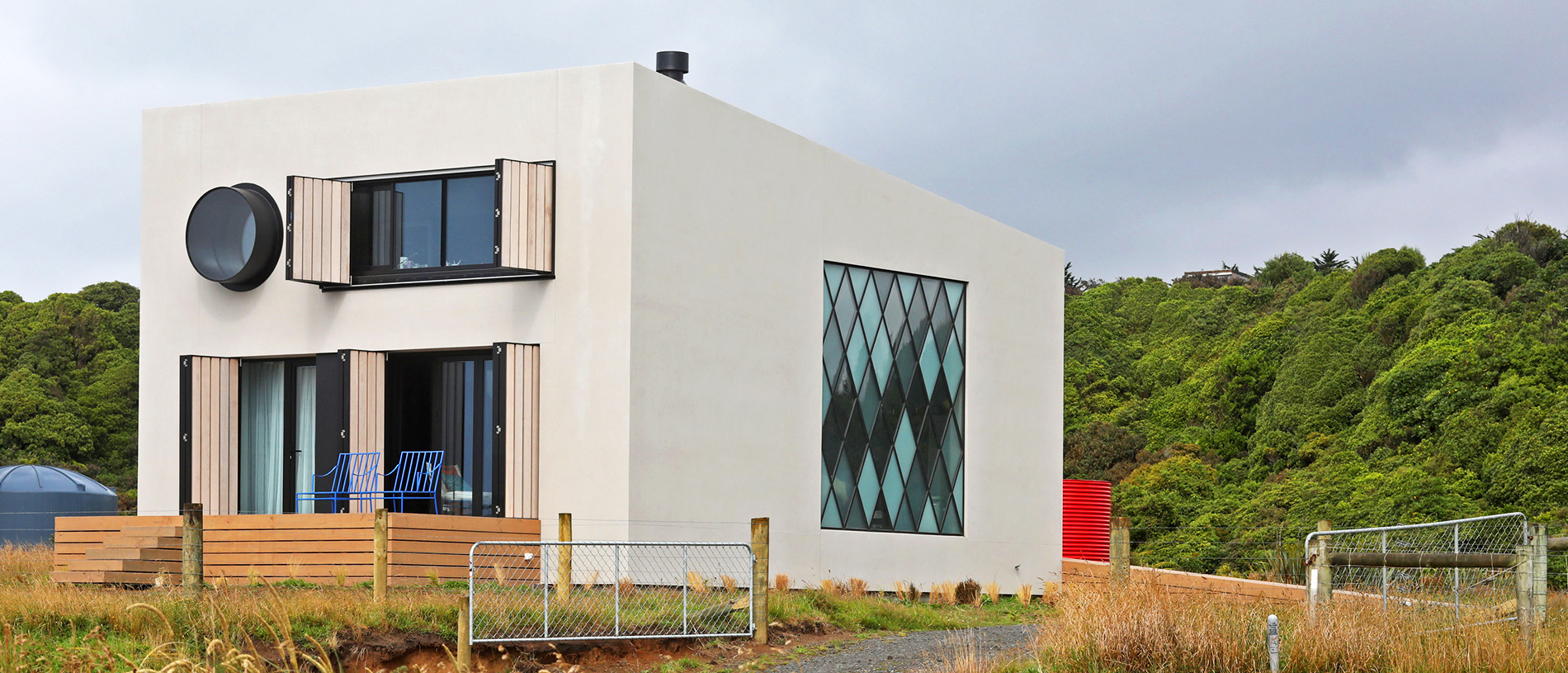
Home Profile: a coastal crib in the Catlins
We talk to the owners and architect behind a lighthouse-inspired crib at remote Jacks Bay in The Catlins.
With time, money, and a measure of commuters’ sanity all being lost in traffic jams in our most clogged cities, congestion charging is under the spotlight as a possible solution.
The Government is set to legislate to allow for congestion charging, now known as time-of-use charging. The AA says a clear, fair balance needs to be struck between reducing traffic and keeping roads accessible to those who need to use them.
Time-of-use charging aims to cut traffic by introducing tolls on certain roads. Targeting discretionary trips at peak times aims to incentivise people to travel at different times or by other means, particularly public transport. Those paying to continue to drive will, in theory, benefit from faster travel times with fewer vehicles on the road.
Talks on time-of-use charging are most advanced in Auckland where the council is poised to develop a strategy soon, pending Government legislation. It has also been mooted in Wellington and Tauranga.

Congestion wastes time for road users and imposes significant opportunity costs on individuals and families. It also impacts businesses and is estimated to cost the Auckland economy over $1 billion a year.
Historically, the response to congestion has been to build more roads, however that has become impractical in built-up areas due to geographical and financial constraints.
Improving public transport is essential but is a long-term solution, only likely to have a minor impact on congestion in the short to medium term. That’s because New Zealand's urban development has for the most part been driven by the mobility provided by cars so both our homes and workplaces tend to be widely dispersed. This makes it difficult to serve most trips effectively and efficiently by public transport.
The AA is mindful that time-of-use charging has not been introduced anywhere that closely mirrors New Zealand’s low-density, car-centric cities. Those cities that do have congestion charging schemes in Europe and Asia have dense public transport networks that offer genuine, and often better, alternatives to driving.
Survey results of 16,000 Auckland, Tauranga and Wellington AA Members reveal considerable scepticism towards congestion charging. Fewer than one in three thought it should be given serious consideration, with many having concerns about whether it would be fair, affordable, or effective; others felt such a scheme might be too focused on revenue.

When considering its position on congestion charging, the AA took into account the views of AA Members as well as the lack of precedents with time-of-use charging in similar cities. It has also considered the fact that congestion will only get worse with population growth, and that there is a lack of other meaningful solutions to address the problem.
We think the potential benefits from time-of-use charging unclogging our roads are substantial, but we are concerned that the costs could be significant for some people who will have no choice but to drive, particularly given the limitations of our public transport networks.
The Association is therefore open to, but cautious about the idea of time-of-use charging. Authorities need to address these concerns – effectiveness, equity, public support, and revenue allocation – before a case can be made for its introduction.
Effectiveness: The primary goal of congestion charging must be to reduce traffic congestion, not to raise revenue. Any proposal to introduce a scheme should clearly outline expected improvements in travel times and the impact on other roads.
Equity: Fairness is crucial. Charges should only apply when and where they are needed to minimise congestion, be set at the lowest possible level to achieve a reasonable reduction in congestion and reflect people’s ability to adjust their travel times or modes. Considerations like daily charging caps or targeted exemptions should be included in any proposed system to recognise that the toll is not about revenue, and to not disproportionately impact certain people.
Public support: Gaining public support is essential. Comprehensive public consultation is necessary, providing transparent information about the impacts and benefits of any proposed scheme. The AA believes the final approval should rest with the Minister of Transport, based on public support levels. Ongoing monitoring and transparent reporting will be key to maintaining public trust.
Revenue allocation: Revenue from congestion charges should first cover the scheme’s setup and operating costs. Remaining funds should be reinvested in transport, first to improve both the effectiveness and fairness of the scheme and
then to support broader transport improvements within
the region.
The AA's ongoing stance on congestion charging will be shaped by the specifics of any legislation and proposed schemes. If New Zealand is to progress any congestion charging ambitions, it would need well-defined objectives in legislation outlining how people who pay the charge will benefit.
This story is from the Spring 2024 issue of AA Directions Magazine.